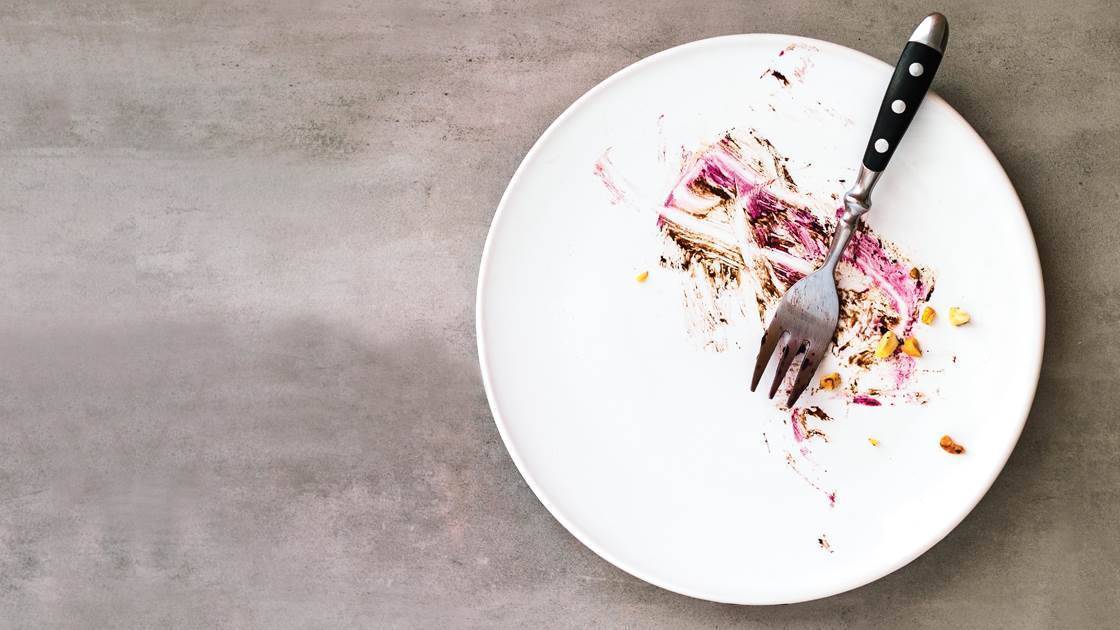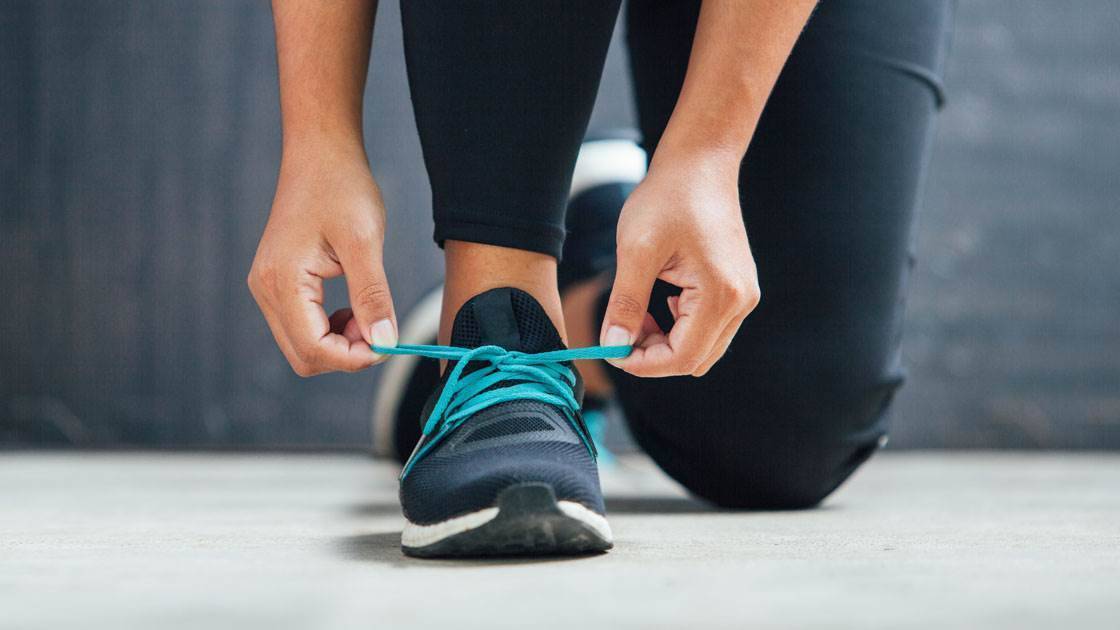We all have that one slim friend - the one who ignores the bread basket, and when she says, “I’ll just have one bite,” she actually does. Is she for real? She is. Research shows that thin people don’t think about food the same way that heavier people do. “Thin people have a relaxed relationship with food,” explains preventative medicine expert Dr David Katz. Here, weight loss experts explore the minds of the “naturally” slim. Learn what they do and don’t do, and how you can act the part.





They have a self-control gene
US researchers found that the biggest predictor of weight gain for women in their 50s and 60s was their level of disinhibition, or unrestrained behaviour. Women with low disinhibition (that is, a finely tuned sense of restraint) had the lowest body mass index. High disinhibition (i.e., low restraint) was linked to adult weight gain of up to 15 kilos.
COPY THEM: Prepare for moments when disinhibition is higher - such as a festive atmosphere or with a large group of friends. At a party, tell yourself you’ll take one of every fourth passed hors d’oeuvre. If you’re out to dinner, order an entree portion and share dessert. And when you’re stressed - another low-restraint moment - make sure you have healthy snacks like fruit or carrot sticks on hand.
They’re satisfied, not stuffed
On a fullness scale of 1 to 10, the slim stop eating at 6 or 7, says dietitian Jill Fleming. Others may go to 8 or 10. Why? Perhaps because some people equate fullness with satisfaction and feel deprived if they stop short, says Fleming. Or they may be used to finishing what’s in front of them, regardless of whether they need or want it.
COPY THEM: Halfway through your next meal, put your fork down and, using the 1 to 10 scale, rate your level of fullness. Do it again when you have about five bites left. The goal is to increase your awareness of how satisfied you feel during a meal. Bonus: It also slows down your eating, which allows the sensation of fullness to settle in.
They don’t use food to cure the blues
It’s not that thin women are immune to emotional eating, but they tend to recognise when they’re doing it and stop.
COPY THEM: Add the word halt to your vocabulary. More than just a command (as in stop eating that entire packet of biscuits), it’s an acronym that stands for hungry, angry, lonely, or tired - the four most common triggers for emotional eating. If you’re truly hungry, choose a balanced snack, such as a handful of nuts, to tide you over until your next meal. But if you’re angry, lonely, or tired, seek an alternative, low-kJ solution to your emotional need. Blow off steam by going for a run or just jumping around - the heartbeat boost will help dissipate your anger. Lonely? Call a friend, text your kid, or walk to the park so you’ll bump into neighbours. Being around others will make you feel more connected to your community.
They sleep well
They snooze two more hours per week compared with overweight people, says a US study. Researchers theorise that a lack of shut-eye is linked to lower levels of appetite-suppressing hormones like leptin and higher levels of the appetite-boosting hormone ghrelin.
COPY THEM: Break it down: Two extra hours of sleep a week is only 17 more minutes a day - which feels a lot more manageable, even for people who have the most packed of schedules. Start there and slowly work toward 7 to 9 hours of snooze time a night - which is the range of time that’s the right amount of shut-eye for most adults.
They’re movers and shakers
On average, slim people are on their feet an extra 2 1/2 hours per day— which can help burn off 15 kilos a year, according to a study from the Mayo Clinic.
COPY THEM: Try a reality check. Studies have shown that people often overestimate how active they really are. Most people actually spend 16 to 20 hours a day just sitting. Wear a pedometer or use your phone’s fitness tracker on an average day, and see how close you get to the recommended 10,000 daily steps. Your day should combine 30 minutes of structured exercise with a variety of healthy habits, such as taking the stairs instead of the elevator or mopping the floor with extra vigour. To find out how many kilojoules your regular activities burn, check out this exercise calculator.








